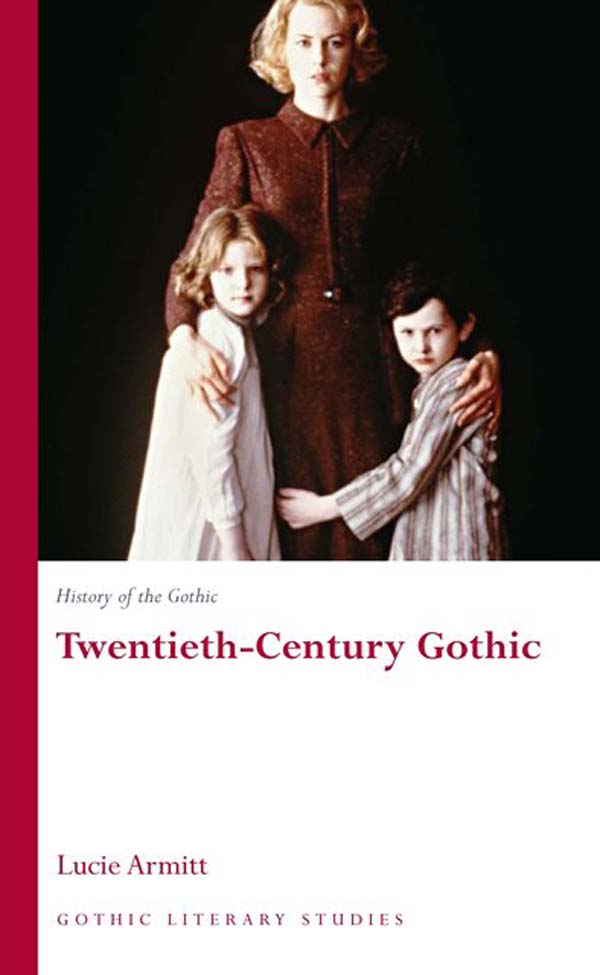History of the Gothic: Twentieth-Century Gothic
Author(s) Lucie Armitt
Language: English
Genre(s): Literary Criticism
Series: Gothic Literary Studies
- September 2009 · 193 pages ·216x138mm
- · Paperback - 9780708320433
- · eBook - pdf - 9780708323625
- · eBook - epub - 9781783164332
About The Book
Endorsements
"The great strength of this excellent book is that it is not a straightforward tour through the canonical works of the twentieth-century Gothic. It is much more interesting than that. Armitt takes the reader on a devious, elliptical, fascinating journey through a range of strange texts, some well-known and others unjustifiably less so, combining critical inventiveness and precision with a constant undertow of reference to major cultural and social preoccupations--child abuse, trauma, aftermaths of war, sexual uncertainty and transgression--which both illumine the texts and are in turn illumined, through a specifically distorted Gothic lens, by them."--David Punter, University of Bristol
Contents
Introduction The Gothic Attraction and/of the Counterfeit Gothic Culture and the Marketplace Chapter One - Gothic Pathologies: Haunted Children Child Murder and the Media Storm Fairy Stories and 'Burial Alive': A.S. Byatt and Graham Joyce Photographing Fairies: Framing the Dead Death and the Dolls' House: FairyTale: A True Story and M.R. James Chapter Two - Building Suspense: Architectural Gothic Haunted Geometries I: Kipling, 'Swept and Garnished' Haunted Geometries II: Eco, The Name of the Rose Suburban and Rural Monstrosity: Clive Barker and Iain Banks London Gothic: Elizabeth Bowen and Sarah Waters Designer Bathtubs and Drowning in Air: What Lies Beneath Chapter Three - Gothic Inhumanity Bestiality and the Gothic: Sir Arthur Conan Doyle and Leonora Carrington Vampires and Bloodfests: Leonora Carrington and Clive Barker Monster Birds - Du Maurier and Hitchcock 'Daddy's Home!': Jekyll Chapter Four - Queering the Gothic Jolly Queer - Henry James The Apparitional Lesbian: Sarah Waters AIDS/HIV and the Gothicising of Male Homosexuality: Patrick McGrath Chapter Five - Survey of Criticism Chapter Six - Conclusion: Thriller and Stranger


